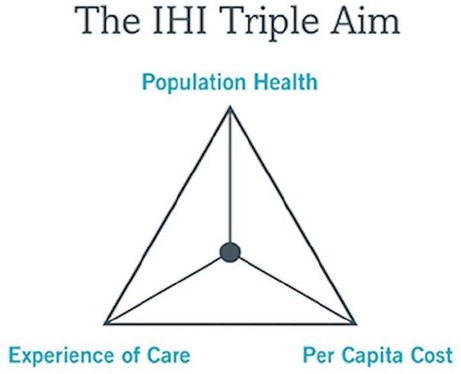An outpatient diabetic clinic nurse is asked to develop an educational program.
Which key factor would the nurse first need to know to begin planning the program?
How the patients will pay for the program.
The room and setting where the program will take place.
The frequency of the educational presentations.
The developmental stage of the patients.
The Correct Answer is D
When developing an educational program for diabetic patients, it is important to first understand the needs of the patients.
This includes their developmental stage, which can influence their ability to learn and retain information.
Choice A is not the correct answer because while payment may be a consideration, it is not the key factor in planning an educational program.
Choice B is not the correct answer because while the room and setting are important for delivering the program, they are not the key factor in planning it.
Choice C is not the correct answer because while the frequency of presentations may be important for scheduling purposes, it is not the key factor in planning an educational program.
Nursing Test Bank
Naxlex Comprehensive Predictor Exams
Related Questions
Correct Answer is C
Explanation

The Triple Aim project, developed by the Institute for Healthcare Improvement (IHI), is a framework that describes an approach to optimizing health system performance.
The IHI believes that new designs must be developed to simultaneously pursue three dimensions: improving the patient experience of care (including quality and satisfaction), improving the health of populations, and reducing the per capita cost of health care.
Correct Answer is C
Explanation
The Health Belief Model is a tool that scientists use to try to predict health behaviors.
It posits that messages will achieve optimal behavior change if they successfully target perceived barriers, benefits, self-efficacy, and threats.
The model is based on the theory that a person’s willingness to change their health behaviors primarily comes from their health perceptions.
Choice A, there is no way to predict who perceives they are susceptible to a disease.
Choice B, perceived susceptibility is powerful in explaining preventive behaviors.
Choice D, individuals do not learn through observing others are not major assumptions of the Health Belief Model.
Whether you are a student looking to ace your exams or a practicing nurse seeking to enhance your expertise , our nursing education contents will empower you with the confidence and competence to make a difference in the lives of patients and become a respected leader in the healthcare field.
Visit Naxlex, invest in your future and unlock endless possibilities with our unparalleled nursing education contents today
Report Wrong Answer on the Current Question
Do you disagree with the answer? If yes, what is your expected answer? Explain.
Kindly be descriptive with the issue you are facing.
